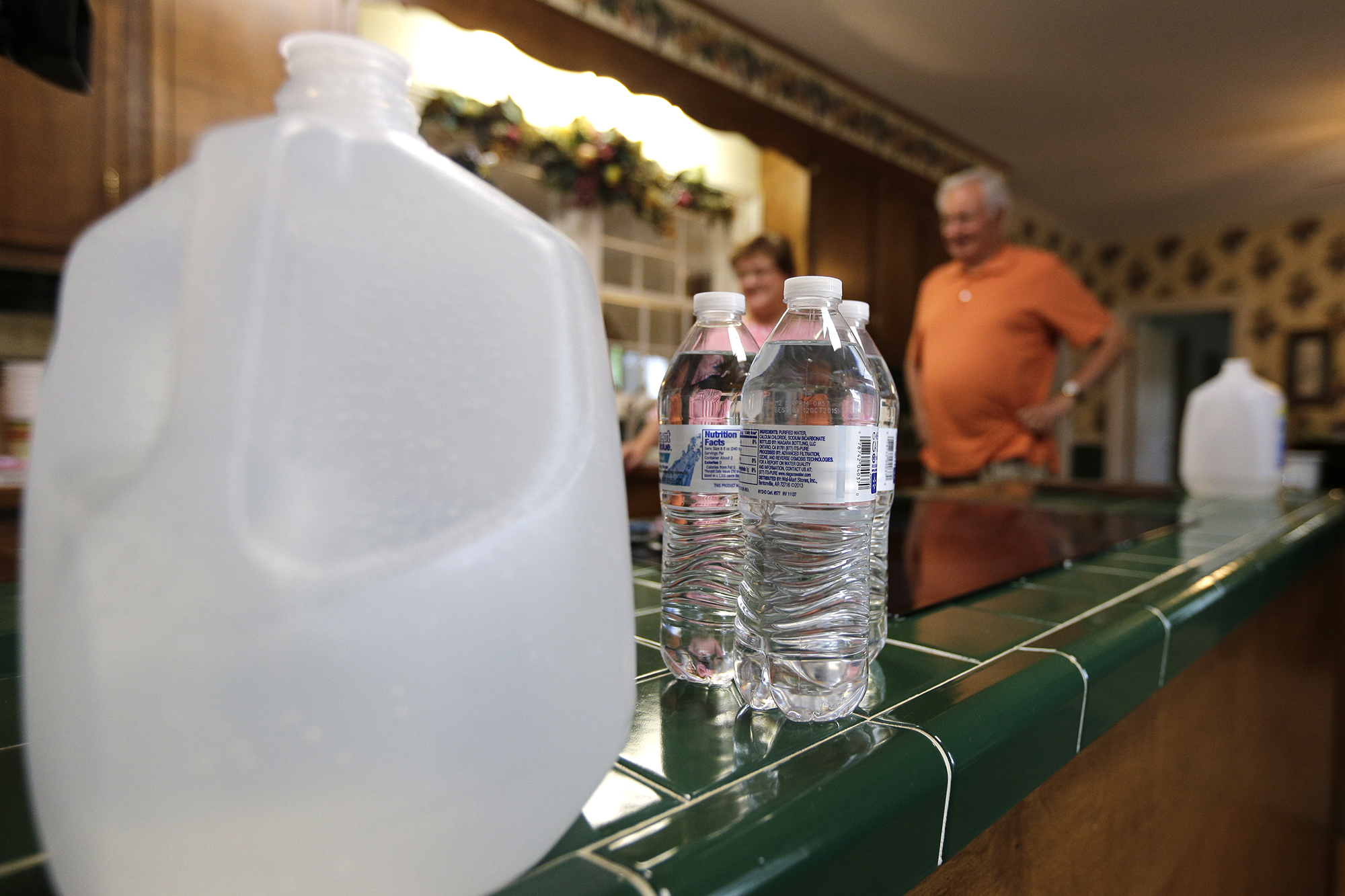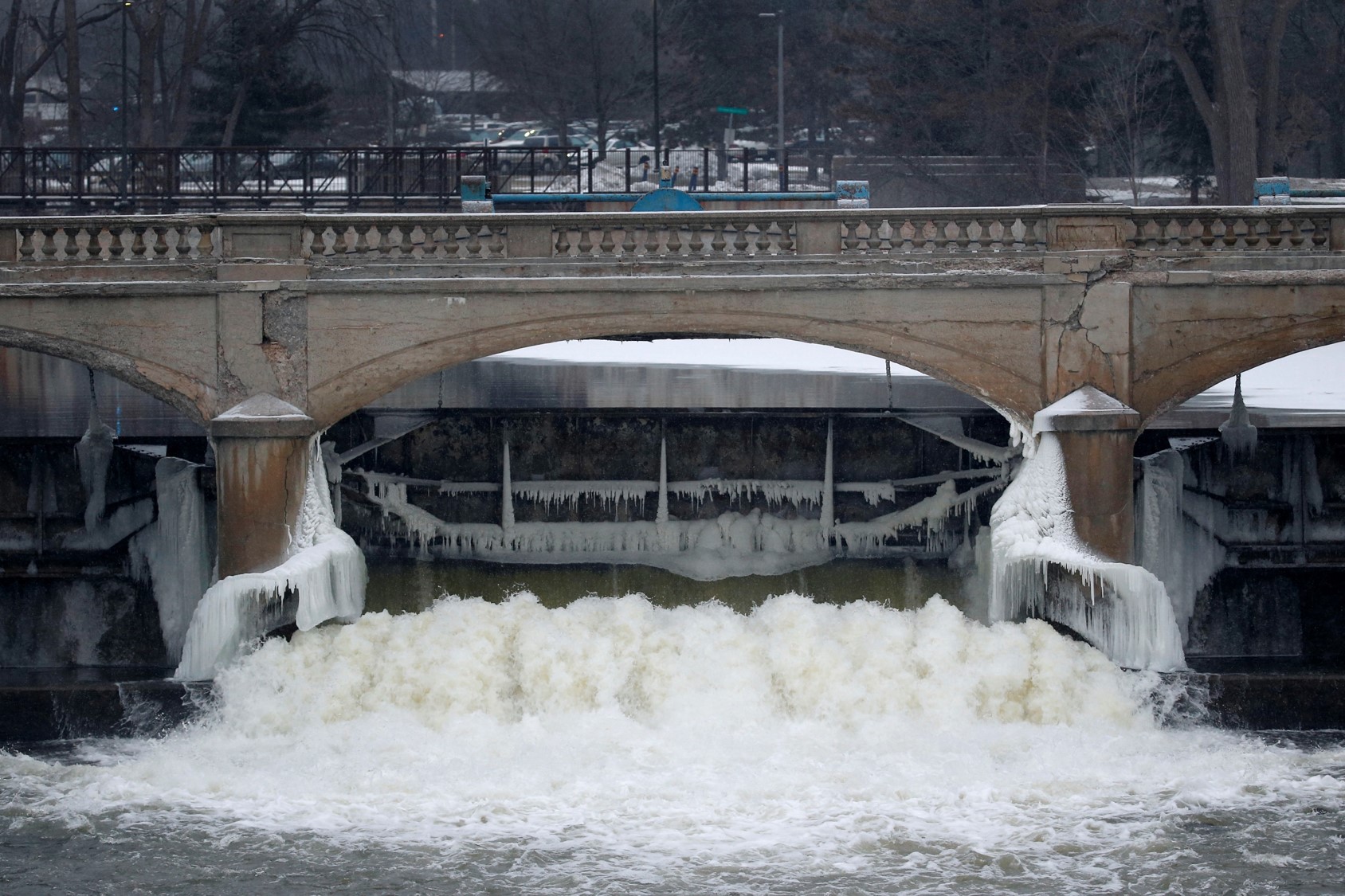Twenty years ago today, legislation promising to “end welfare as we know it” became law. I voted for that bill, which created a program called Temporary Assistance for Needy Families (TANF). I believed that it would help more people move from welfare to good-paying, long-term jobs that would support families and reduce poverty.
Unfortunately, the program has failed to deliver on its promise, and it has left some families in even worse condition.
Get TalkPoverty In Your Inbox
Since TANF was signed into law in 1996, the number of children living in extreme poverty—defined as no more than $2 per person per day—has doubled, from 1.4 million to 2.8 million children. That’s evidence of a failed approach, not a successful model we should apply to other federal programs, as many Republicans would now like to do.
Our country is capable of developing a system that will create brighter futures for poor families with children; ensuring a robust safety net for families when they can’t work; and preparing impoverished parents to succeed in today’s labor market.
To achieve these goals, here’s what we need to do:
First, we must hold states accountable for properly spending the funding they get from Washington. A key premise underpinning TANF was that if states were given more flexibility they would do a better job providing families with a strong safety net when they can’t work and they need help to obtain a good job. But two decades of evidence has shown that when states get a pot of money accompanied by few federal standards, they will act in their elected leaders’ self-interest, not in the interest of poor children and their families.
The TANF block grant has thus become welfare for states. Most of them use the money once provided directly to poor families to instead plug state budget holes—some of which were created when these same states enacted tax cuts that mostly benefit the wealthy. In 2015, states spent only about half of their TANF funds on the program’s core purposes—work preparation, child care, and direct assistance. My own state of Texas, which so often neglects disadvantaged children, spent less than 14 cents of every TANF dollar towards these ends. Nationwide, states are spending only about 1 cent of every TANF dollar on education and training for recipients to find long-term and good-paying employment.
That’s not what Congress envisioned, and we need to ensure meaningful accountability.
Second, we need to eliminate provisions that restrict access to the education and training that low-income parents need to succeed. TANF recipients—mostly single parents raising their children—should not be denied the opportunity to pursue education and training that will prepare them for better jobs. And yet, in many states a parent receiving TANF assistance would not be able to attend a community college or university to obtain the skills they need for a family-supporting career. Instead they might be forced into a for-profit job-training program in a low-wage industry, or a work assignment with no promise of upward mobility.
Preparing disadvantaged individuals for jobs that are in demand offers significant long-term payoffs. For example, Project Quest in San Antonio has enabled many individuals to escape poverty by training for in-demand jobs that pay a living wage, in sectors such as health care and bioscience, information technology and security, and aerospace. We need to ensure that struggling individuals have access to those kinds of high-quality opportunities.
Third, we need to hold states accountable for providing a safety net for families who either can’t work or can’t find work. The 1996 welfare law contained a number of incentives for states not to serve families who need cash assistance—and states have responded by serving fewer and fewer. In 1996, for every 100 families with children living in poverty, 68 received cash assistance. By 2014, TANF reached just 23 of 100 poor families. Texas is one of a dozen states that provide income assistance to less than one in ten poor families with children.
Moreover, the value of TANF funding has fallen by more than one-third since 1996 because it was never adjusted for inflation. We must therefore provide more, and change the incentives so that states are encouraged to assist more families—those who are able to transition to work, and those who need assistance because they are unable to work.
TANF was enacted 20 years ago on a bipartisan basis. It’s past time for us to revisit the law and improve it on a bipartisan basis as well. Unfortunately, congressional Republicans continue to reject any genuine change, content to talk about reform but offering only kinder talk with less help. Indeed, Speaker Ryan would double-down on this broken system to make other types of assistance—such as housing and nutrition—even harder for struggling families to obtain.
We need to heed the lessons of the past two decades and create a new approach—one that will truly put good jobs within reach, while strengthening the safety net to keep families from falling into poverty when they are experiencing hard times.











